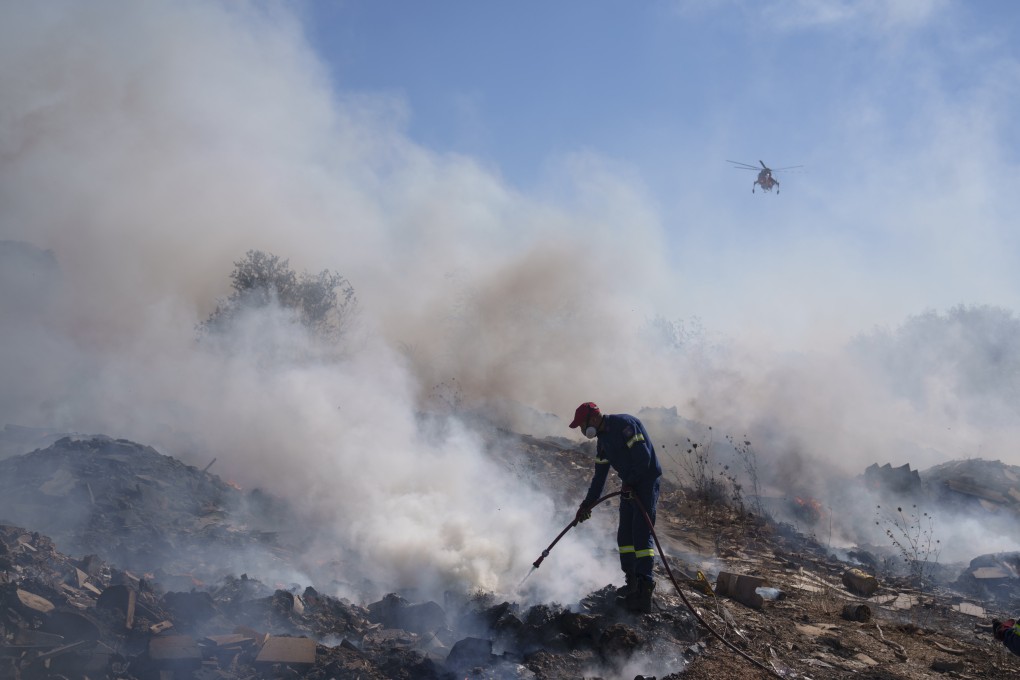Outside In | Humans must find a new relationship with fire to control global warming
- Rather than end wildfires, humanity’s challenge is to restrain destructive fire and reduce the amount of combustion driving climate change

Wildfires have generated an average of more than 6 billion tonnes of carbon dioxide per year during the last decade, with emissions from wildfires rising to almost 6.7 billion tonnes last year. Estimates suggest this means wildfires account for 20 per cent of total global greenhouse gas emissions, making them a troubling contributor to global warming which must be restrained.
Reactions to this news should be tempered with the knowledge that wildfires have been around for millions of years and have survived every ice age the planet threw at them. For most of that time, wildfires have been important contributors to climate stability, not just global warming.
From his point of view, our Anthropocene age could as easily and accurately be called the Pyrocene age. “We went to the top of the food web because we learned to cook landscapes for hunting, foraging, farming and herding. And we have become a geological force because we’ve begun to cook the planet. Becoming the keystone species for fire made us the keystone species for Earth.”
